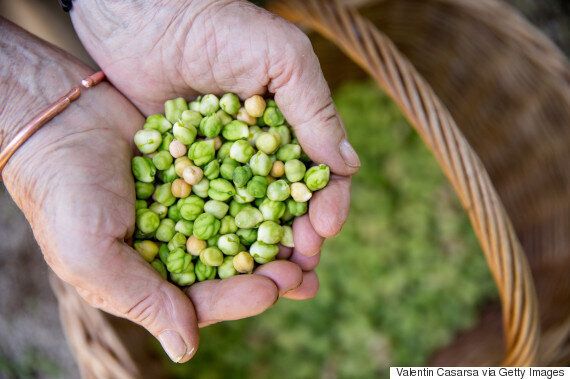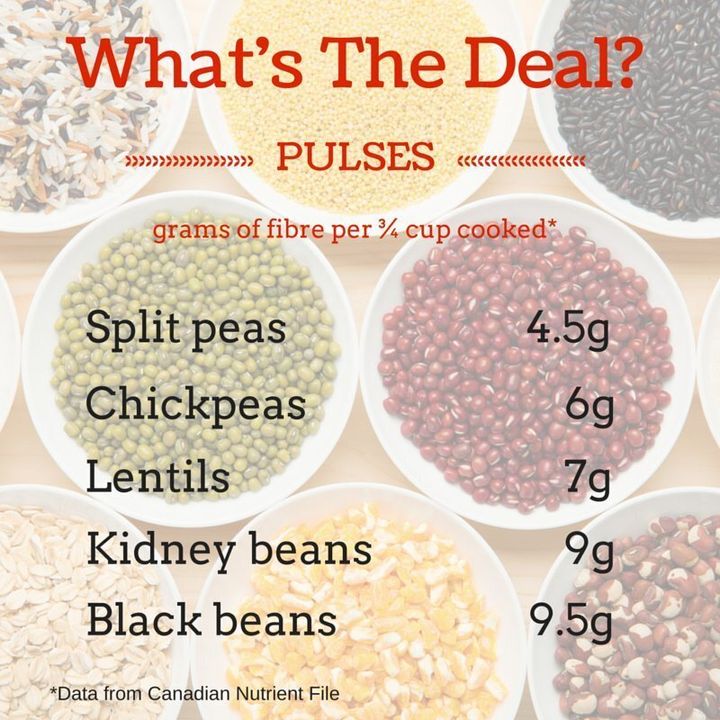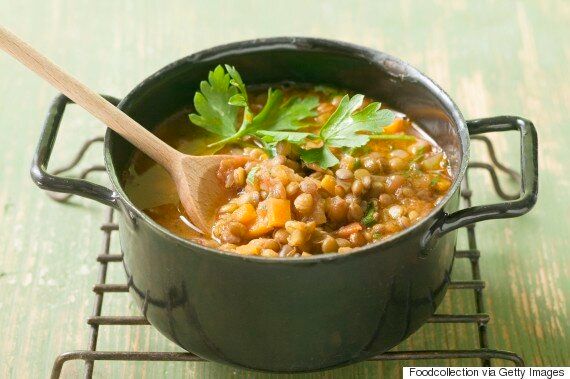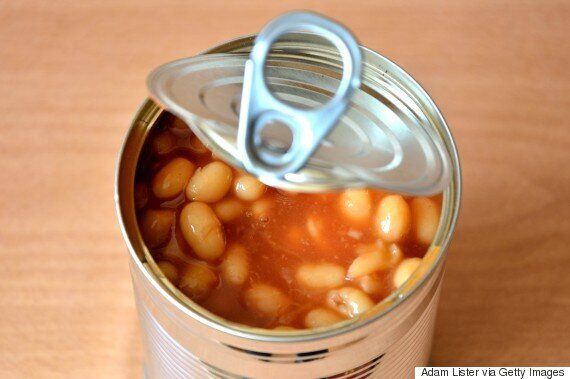When we rang in 2016 at the beginning of the month, we also kicked off the "International Year Of Pulses."
Pulses, part of the legume family, are dried seeds such as beans, peas, lentils and chickpeas. For the last month, pulses have been all over the media and touted internationally by numerous dietitians and chefs. Even the newly released 2015-2020 Dietary Guidelines for Americans suggests replacing some meat and poultry in our diets with legumes.
So, what's the deal with pulses?

For starters, pulses are inexpensive, versatile, delicious, nutritious, sustainable and have a long shelf life. Popular chef, TV star, and cookbook author Michael Smith has even been dubbed the "Lentil Hunter" as he travels around the globe searching for the world's best lentil dishes. Pulses are no longer a "poor man's meat," but a rising-star ingredient that goes far beyond soup.
The 68th United Nations General Assembly declared 2016 the "International Year Of Pulses." The last time the United Nations recognized a food during one of its "international years" was 2013, for quinoa — and we all saw what happened there.
The popularity of quinoa exploded, although not without controversy. Many report that quinoa's steep rise in popularity in the global market made it much more profitable for quinoa farmers to export it than to eat themselves. And that the traditional consumers of quinoa, largely Andean cultures, had a marked decrease in diet quality as quinoa became unaffordable. Others, however, would say these concerns are largely exaggerated.
Considering Canada is one of the world's top producers of pulses, a rise in their popularity hopefully won't cause the same debate. We currently export most of the pulses we grow, but it looks like we may be keeping some closer to home this year.
Why should you eat pulses?

As more and more people become concerned about the environmental impact of eating meat, sustainable vegetarian meals made with pulses are going to take centre stage. The rising cost of food will also help clear up some space for these inexpensive seeds in our grocery carts. And, of course, the continued gluten-free craze helps pulses make it to many plates as well.
Dietitians have been pushing pulses for good reason. They are nutrient dense and provide many health benefits. Pulses may help lower blood pressure, blood cholesterol and heart disease risk. In addition, their high fibre and protein content make them a low glycemic index food, meaning pulses won't spike your blood sugar. They are a slowly digested and satiating starch, which is especially great for those living with diabetes. Fibre also plays a key role in digestive health and can help reduce your risk for colon cancer.
Men and women aged 19 to 50 years should aim for 38 and 25 grams of fibre per day, respectively. Older adults need a bit less. Here's how much fibre a 3/4 cup serving of some popular pulses will give you:

How should you eat pulses?
For those who "need" meat at every meal, there are great cookbooks that help you incorporate pulses into meals that still include meat. My favourite one is "Spilling The Beans: Cooking And Baking With Beans And Grains Every Day" by Julie Van Rosendaal and Sue Duncan. This is a great book for those new to soaking and cooking beans, too.

Try using smaller portions of meat in some meals and add in pulses. Think of meat like a side dish — not the main attraction. Need some more inspiration to get pulses into your diet? Here are my favourite ways to use them:
- Replace at least half of the ground meat in a recipe with lentils.
- Mix a whole grain and pulses with your favourite dressing and some roasted vegetables to make hearty salads for work week lunches.
- Add pulses into your favourite store bought or homemade pasta sauce.
- Make crepes out of red lentils.
- Add cooked, un-spiced pulses to smoothies. (It sounds weird – but try it!)
- Give socca (a chickpea flatbread) a try.
- Make homemade pakoras.
- Roast chickpeas with spices and a little oil until crisp and add them to soups or salads as "croutons," or eat them as a snack.
- Puree pulses into dips. Use any pulse as you would chickpeas for a twist on traditional hummus.
- Add a variety of pulses to stews and soups.
- Make vegetarian burgers out of pulses.
Lastly, should you buy them canned or dried?

Optimally, cooking beans and other pulses from dried is best. It is cheaper, requires less packaging, and there's no added sodium, or worries about additives and BPA.
It may seem intimidating to cook pulses yourself, but after doing it a couple of times, it's a breeze. For beans and chickpeas, which require soaking and have a longer cooking time, cook a large batch and freeze them in two-cup portions. A 19-ounce can holds this amount. Never add salt to your cooking water, as this will toughen the pulses.
My favourite pulse to cook from scratch is split red lentils. They have a lovely peppery flavour, don't require soaking and cook in about 10 minutes! You can also find pulses precooked in the freezer section at some grocery stores. If none of these options work for you, buying canned pulses is still a great choice.
Whether you're trying to decrease your carbon footprint, eat more plants, save money or increase the variety and healthfulness of your diet, pulses can work for you! Keep your finger on the pulse of this foodie trend: try them today!
Also on HuffPost
